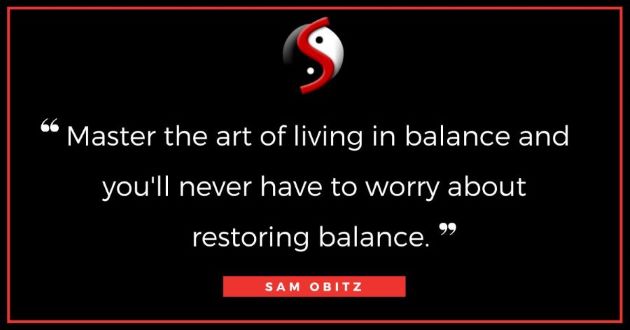My Issue(s) with “Restorative” Work
Many of today’s wearable technology devices give readings and recommendations on how much “Restorative” work you need. The advice is usually based on algorithms that try to interpret your device’s various inputs.
Most of this advice is centered on the data from your sleep patterns and the amount of stress you are perceived to be experiencing. The sleep data can be very useful, but the sleep scores that these devices give you have been proven to be oversimplified and not of great value.
Unfortunately, the conclusions of stress measurements are still more subjective than scientific. This makes sleep scores and restorative work advice more useful for marketing their devices and gaining mass appeal than for solving the problem they purport to address.
Neither of those things are my main issue with “Restorative” work. I’m all in on achieving balance (look at the logo I use for my business) and putting my clients in the best position to perform at their peak.
My problem is how they approach “Restorative” work to regain balance. Their advice puts them on DEFENSE. You need X number of hours of rest, etc., to restore balance.
My approach is to teach my clients to be on OFFENSE regarding balance. By proactively learning how to manage stress and balance, we can avoid the need to constantly restore balance. This approach empowers individuals to take control of their well-being from the outset.
It’s crucial to understand that we’ll always be on DEFENSE if we don’t learn to manage and prevent stress. This realization can serve as a powerful motivator to take a proactive approach to our well-being.
As they say, “An ounce of prevention beats a pound of cure.” The choice is yours!
You can follow Sam on Twitter: @SuperTaoInc


